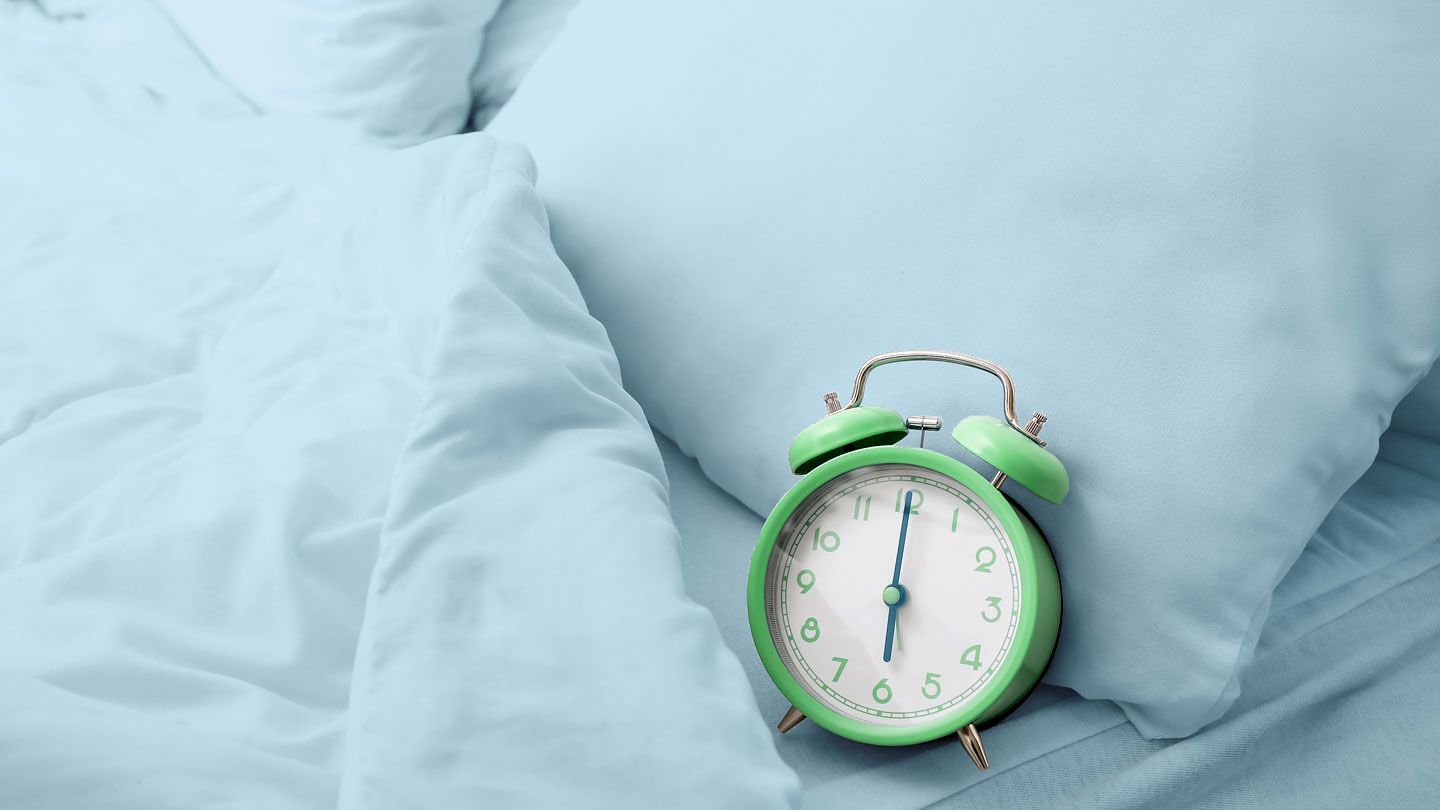What is a Power Nap?
A power nap is a brief mid-day snooze lasting anywhere from 10 to 30 minutes. The goal of power napping is not deep sleep, but rather increased wakefulness upon arising from the short slumber. Power naps help counter normal circadian dips in alertness.
Power naps contrast with longer naps that can leave you groggy. Well-timed short naps avoid sleep inertia upon waking, so you feel refreshed right away. With practice, power napping can give an energizing boost when you need it most.
Benefits of Power Napping
When done correctly, power naps deliver multiple benefits:
- Increased alertness and energy
- Improved focus and concentration
- Faster reaction times
- Better memory consolidation and retention
- Enhanced mood and reduced stress
- Higher productivity and performance
Naps stimulate your circadian rhythm. Brief daytime sleeps can support learning, motivation, cognitive skills, and overall well-being.
Ideal Power Nap Length
How long should you nap for maximum effectiveness? Research suggests 10-20 minutes is the ideal power nap length for most adults. Heres an overview of evidence on power nap duration:
10 Minutes
10 minutes is considered the minimum nap length to provide any benefits. A NASA study found pilots who napped for 26 minutes showed marked performance improvements versus no nap. Ten minutes enhanced alertness by 54% and overall performance 34%.
Another 10 minute nap study demonstrated reduced fatigue and improved cognitive processing compared to the no-nap control group. Ten minutes appears sufficient for slight rejuvenation.
20 Minutes
20 minutes maximizes the benefits of a power nap, according to numerous studies. Naps of this length increase alertness, reaction times, short-term memory, and mood.
One study found a 20 minute nap approximately eight hours into the workday significantly reduced sleepiness and fatigue while boosting vigor versus no nap. Performance improvements lasted up to 155 minutes after the nap.
30 Minutes
Once naps extend beyond 30 minutes, diminishing returns may start to occur. Longer naps increase slow wave and deep sleep, which can cause sleep inertia upon awakening. This grogginess counteracts power nap benefits.
However, a 60 minute late-afternoon nap has been shown to reduce sleepiness without cognitive impairment versus no nap. This longer nap may work best after a full night's sleep.
Should You Nap Less Than 10 Minutes?
Very short power naps under 10 minutes provide limited benefits. However, 6-9 minute naps can still offer slight improvements in mood, alertness, and performance.
One study tested 4, 5, and 6 minute naps. The 6 minute nap showed the most significant boosts in fatigue reduction and vigor versus no nap. This indicates even micro naps can help counter tiredness.
While better than no nap at all, under 10 minutes only provides fleeting effects. For longer lasting energy and focus enhancements, target at least 10 minutes.
Ideal Nap Length Summary
- 10 minutes: The minimum for noticeable benefits.
- 15-20 minutes: The optimal nap length for maximizing alertness.
- 25-30 minutes: Still beneficial but may induce some grogginess.
- Under 10 minutes: Limited, transient effects.
Best Time for a Power Nap
When you take your power nap also impacts effectiveness. The most beneficial nap times align with your body's circadian rhythms:
Early Afternoon
Early to mid-afternoon is prime nap time for most people. Natural dips in alertness and performance occur around this post-lunch period. A 10-20 minute siesta between 1-3 p.m. can boost energy when you need it most.
People who wake up earliest may feel ready for a nap sooner in the afternoon. Adjust timing based on your own optimal productivity rhythms.
After Lunch
Many cultures practice a post-lunch siesta. Allowing digestion after a meal can make some people feel sleepy. A 10-30 minute nap 30-90 minutes after lunch can aid productivity.
However, allowing at least 2-3 hours between your meal and nap may support metabolism and weight management. Aim to nap before sluggishness sets in.
Late Night
A late evening power nap before an overnight shift or nighttime activity can boost alertness when you need it most. Limit late naps to no more than 20 minutes to avoid disrupting nighttime sleep.
Take late naps several hours before bedtime so you can still wind down normally. Avoid long or deep sleep too near bedtime.
Tips for Productive Power Napping
Follow these tips and strategies to get the most rejuvenation out of power nap time:
Stick to 10-20 Minutes
Resist the urge to snooze longer. Remain disciplined with your nap duration to avoid grogginess. Consider setting an alarm to prevent oversleeping.
Time it Right
Take your power nap during an afternoon circadian lull or mid-task fatigue. Avoid napping near bedtime or too late in the day.
Limit Caffeine Beforehand
Caffeine can make it harder to fall asleep. Limit coffee and energy drinks close to nap time. However, some caffeine earlier in the day is fine.
Relax Completely
Make the environment dark, cool, and quiet. Use eye masks, ear plugs, or noise machines. Deep breathing further aids relaxation into sleep.
Find a Comfortable Spot
Lie down in a bed, couch, or recliner. Make sure your power nap space is safe and free of distractions.
Try Caffeine Naps
Consume a small amount of caffeine right before a 20 minute nap. This can boost alertness upon waking while avoiding longer nap grogginess.
Plan Ahead
Block off power nap time on your calendar. Clear your schedule to consistently recharge each day.
Experiment with Polyphasic Sleep
Polyphasic sleep cycles incorporate multiple power naps instead of one big block of nighttime sleep. This allows flexible napping as needed.
Don't Fight Sleepiness
If extremely tired, napping is better than pushing through fatigue. Just limit nap length to avoid severe sleep inertia.
Best Power Nap Positions
Lying down in certain positions can make it easier to fall asleep quickly and get higher quality rest:
On Your Back
Lying flat on your back with arms at your sides is a neutral spine position that minimizes pressure points.
In the Fetal Position
Curling up on your side in a fetal/zigzag position provides comfort and security to enhance sleep.
On Your Stomach
Stomach sleeping can help some people relax into naps. Just turn your head or use a thin pillow to allow breathing.
In a Recliner
Reclining distributes weight evenly and allows slightly elevated head and knees to reduce strain.
In Child's Pose
On your knees with hips over ankles and forehead to the floor stretches your back for rest.
Avoid positions that constrict breathing or cause neck, shoulder, or back pain. Find napping postures that feel most natural for your body.
Improving Your Power Napping Ability
Like any skill, power napping takes practice and patience. Use these tips to master productive power naps:
Nap Daily
Consistent daily power napping trains your body's sleep cycles. Schedule naps at habitual times.
Create an Optimal Environment
Ensure your napping spot is relaxing and free of noise, light, temperature, and distraction issues.
Use Pre-Nap Rituals
Habits like meditating, deep breathing, or listening to calm music can prime sleep onset.
Limit Long Naps
Refrain from long weekend recovery naps to better regulate your circadian rhythms.
Manage Stress
High anxiety and tension levels can inhibit quality naps. Manage stress through exercise, socializing, nature time, etc.
Identify Sleep Disorders
Conditions like insomnia or apnea can disrupt naps. Seek treatment if you have chronic sleeping difficulties.
Tracking Your Power Naps
Monitoring nap length, quality, timing, and how you feel before and after power naps provides valuable biofeedback. Notice when your focus and productivity seem optimal. Experiment to determine your perfect power nap blueprint.
Keep a consistent napping log to identify patterns and customize an effective routine. There are also apps to track and analyze power nap habits.
What to Track
- Nap start and end times
- Total nap length
- Nap timing and consistency
- Sleep quality
- How you feel before and after the nap
- Work/task productivity
- Caffeine or medication use
Review your power nap data to maximize benefits and determine ideal durations and schedules for your needs.
Who May Benefit Most From Power Naps
While most healthy adults can experience cognitive boosts from strategic napping, they tend to work best for:
- Shift workers and night owls
- Those with long or arduous work hours
- People with sleep deficits
- Younger adults in peak circadian rhythms
- Extreme early risers
- Athletes and active individuals
- Travelers and those with changing schedules
Power naps help counter fatigue and enhance performance in those with energy dips from challenging schedules and lifestyles.
Potential Drawbacks of Power Napping
While often beneficial, power naps also have some potential downsides to consider:
- Can negatively impact nighttime sleep if taken too late
- May be disruptive to work routines and focus
- Not easy for those with insomnia or difficulty sleeping
- Can induce sleep inertia or grogginess upon waking
- May lead to longer daytime sleep that leaves you sluggish
Practice proper nap hygiene by limiting duration and timing naps appropriately. Refrain from napping if it affects your regular sleep-wake cycle.
The Bottom Line on Power Napping
Science supports strategic power napping as an effective way to boost mental and physical rejuvenation. The ideal power nap length falls between 10-20 minutes. Early to mid-afternoon siestas work best for most nappers.
With some trial and error, you can determine your perfect nap schedule and routine based on your body's natural energy cycles. Prioritize consistency in nap timing and environment.
Instead of reaching for more caffeine when your afternoon energy lags, try a brisk 10 or 20 minute power nap. You may be amazed by how much more alert, focused, and productive you feel!
Disclaimer: This article is for informational purposes only and does not constitute medical advice. Always consult with a healthcare professional before starting any new treatment regimen.
Related Coverage
Get tips on easing the transition to daylight saving time in Boston for better sleep, stable energy and mood, adjusted fitness routines, safe driving, and healthy eating habits....
Learn why we remember or forget dreams, including REM cycles, neurochemicals impacting memory, and optimal times for dreaming and recalling dreams....
Tips to sleep with tinnitus: sound masking, calming bedtime rituals, and lifestyle tweaks that quiet ringing for a restful night....
When you get stuck ruminating, use strategies like mental distraction, engaging activities, mindfulness and therapy to take your mind off problems and worries....
Dreaming about clocks often symbolizes the dreamer's relationship with time. The emotions and context provide insight into feelings about mortality, aging, urgency, and time management....
An AI assistant summarizes a news article about advancements in artificial intelligence and generates metadata tags for SEO optimization including title, description and keywords....
Attempting to train oneself to get by on just 4 hours of core sleep each night almost inevitably backfires for most adults. Learn about segmented sleep patterns....
Discover silly, thoughtful tactics for rising light sleepers like alarm tricks and breakfast smells. Learn consensual physical and noise surprise ideas to stir laughter and start the day smiling....
Recalling dreams involves forming memories during REM sleep that persist when you wake up. Learn scientifically backed strategies to enhance your ability to remember dreams....
Discover the truth behind the popular No. 8 Sleep Gummies, a non-habit-forming, over-the-counter sleep aid. Explore the key ingredients, benefits, real-life experiences, and expert opinions in this comprehensive review....







